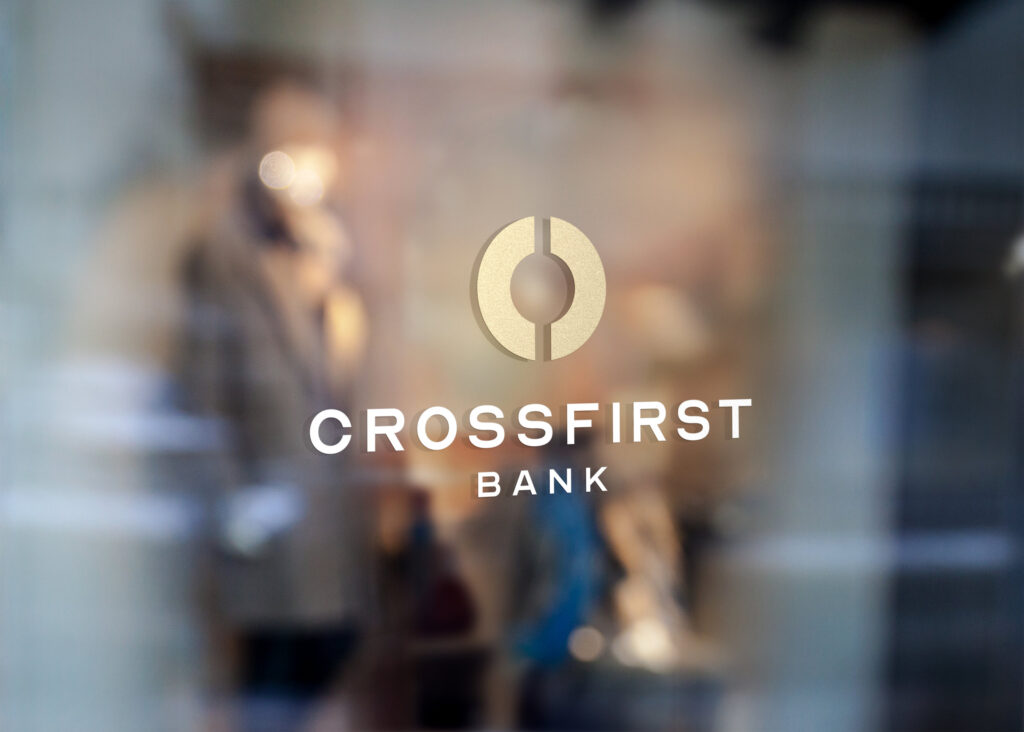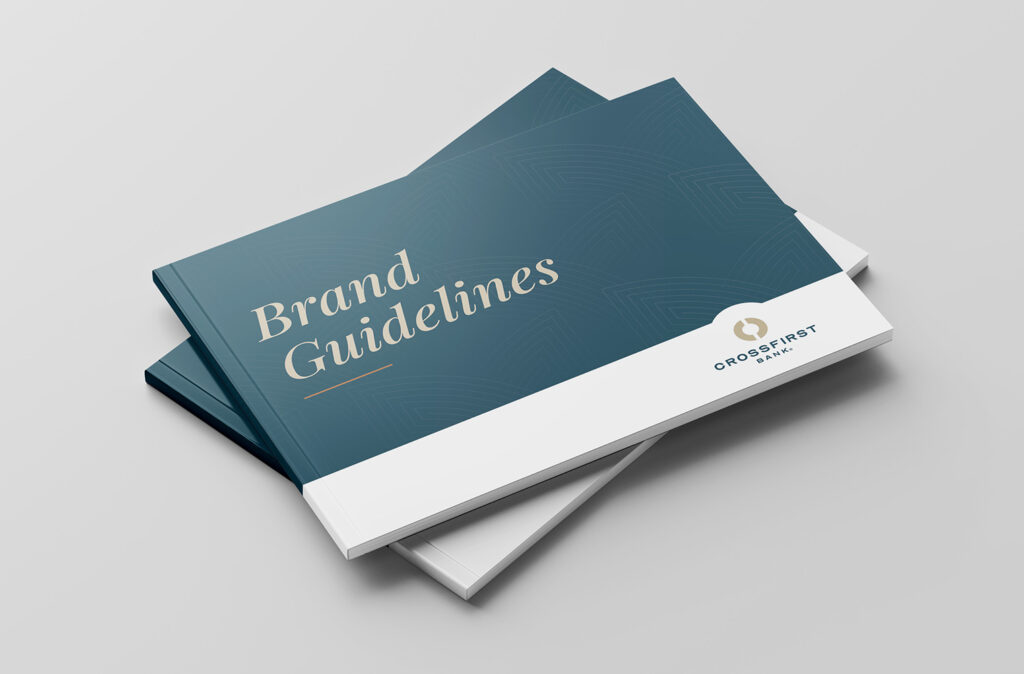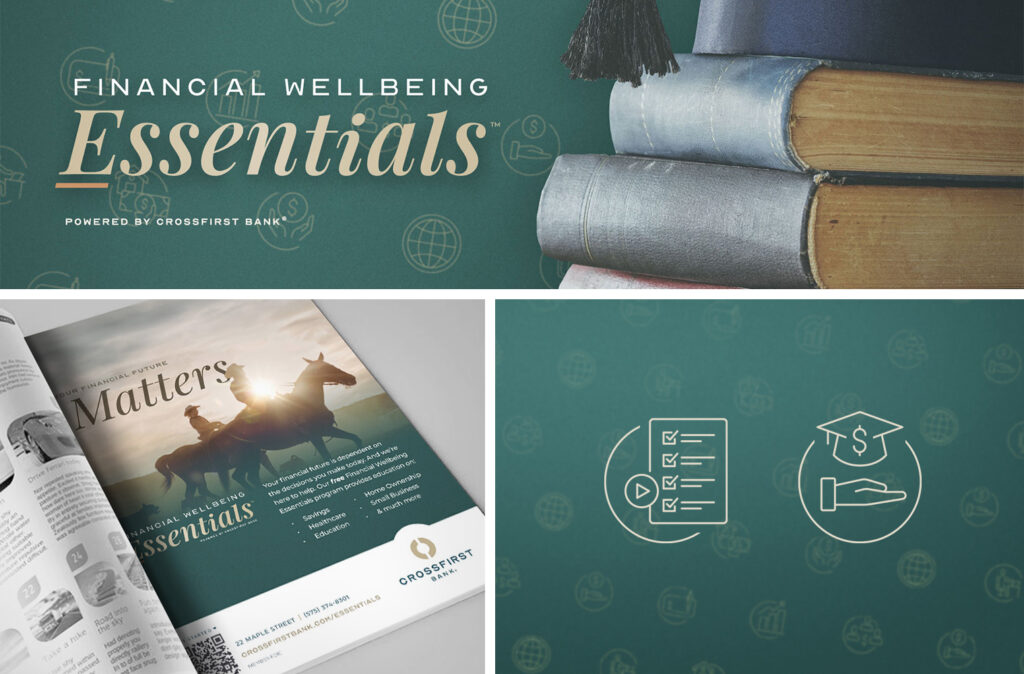Managing the CrossFirst Bank Brand.


The State of Banking
According to a recent Gallup poll, the public’s perception of the banking industry was only a 31% positive or somewhat positive view of the industry. That ranked number 14 of all industries, right behind airlines. Banks, of course, rely on trust. However, according to the 2024 Edelman Trust Barometer, financial services ranked below all other industry sectors except social media. Concerns about security, stability, privacy, and transparency are factors influencing perceptions of the category. Recent bank failures have added to the problem. However, the industry remains on a sound footing and will continue to experience modest growth even as the number of banks has been gradually declining. Engagement is driven by transparency, customer service, social justice, and services that are easy to use and understand, according to the Center for Ethics in Financial Services.
There are over 4000 banks in the US plus credit unions, on-line banking, wealth management companies and other financial services related businesses. Competition is fierce. Establishing distinction is a challenge. In a highly regulated industry it is difficult to find ways to stand apart. Some even see the industry as a commodity only distinguished by name, lending or savings rates.
The value of brand positioning is essential to differentiation and relationship building when banks are perceived as commodities competing on rates.
Is There a Bank Luxury Connection?
In the 2024 Global RepTrak ranking of the most reputable companies, three luxury brands (Mercedes Benz, Rolex, and Rolls-Royce) were in the top ten, with Mercedes number two after Lego. The only financial services companies in the top 100 were Visa and Mastercard. But no banks. The key drivers in reputation were quality of products and services, performance, leadership, innovation, conduct, workplace, and citizenship. Luxury brands tended to excel in conduct and citizenship just as much as the quality of their products.


“Luxury brands have to reflect the values that go beyond the extrinsic things of the brands, and that ties back to deeper, more intrinsic values. It’s less about conspicuous consumption and more about capitalism with a conscience. Luxury brands must be more aligned with a sense of self-worth, versus net-worth.”
Forbes, Global RepTrak Top 100 Rankings
Superior quality, aesthetics, and premium pricing are traditionally associated with Luxury brands. But status perceptions are of equal importance. Consumers often purchase luxury goods not because of any functional benefit, but they reinforce self-esteem. It is this self-expressive benefit that creates a unique connection with the brand. Wearing a Rolex makes me feel successful, and I am seen by others to be successful. These brands make strong emotional connections that are harder to achieve through functional benefits alone. By emulating the successful strategies of luxury brands, banks have the opportunity to elevate their brand image, fostering perceptions of exclusivity, superior service, and personalized experiences.
CrossFirst at a CrossRoads


CrossFirst Bank is a Kansas City-based regional bank with locations in seven states. It is a relationship-centric bank serving both business and personal banking, although a key area of focus is the small business sector. Their goal is to “bring a level of service and trust to banking that can only be described as extraordinary.” As a regional bank, it competes with other regional, local, and national brands. It has recently acquired other banks to expand into new markets.


One key challenge has been maintaining brand consistency as it expands. However, providing creative flexibility in launching new products and promoting the brand through marketing communication has also been equally important. Another challenge has been to stake a position of distinction. This is where it has looked to luxury brands, such as the Ritz-Carlton, as inspiration to elevate and distinguish the CrossFirst Bank brand. As with other luxury brands, it is a means to create a stronger emotional connection and reinforce its “extraordinary” positioning.
Brand Management – Protecting Brand Equity
The role of brand management is to ensure that the integrity of the brand is maintained and to protect brand equity across all points of contact. However, brand management also provides a foundation and process for standard interpretation. Even the best and most comprehensive standards will not cover every possible situation. Brand management is the means to interpret principles and intent to keep the brand in check in three different ways.
1. Keeping Standards Current
Good standards are essential to any well-managed brand. But standards are not static. They evolve, change, and expand as the brand matures, which is why it is so important to keep standards updated and current. This has been particularly true with CrossFirst Bank. Brand management has ensured that their standards reflect new and updated principles, applications, and marketing philosophy.


2. Creating Brand Reinforcing Product Brands
Product and service brands are often introduced through the normal course of engaging with current and new customers. Branding is an opportunity to differentiate a product and service. And build equity and perceived value associated with product and service positioning. Another essential objective is ensuring the branding relates to an overarching brand architecture strategy. It’s particularly essential that any branding does not compete with the master brand. CrossFirst Bank has introduced several branded products to reinforce a “family” look and feel approach associated with CrossFirst Bank. It’s an image that reflects a luxury positioning to elevate all products and services related to the bank.


The ProSuite small business solutions brand promotes a proprietary business services bundle.


The Essentials brand promotes financial education, awareness, and well-being.
3. Maintaining Brand Reinforcing Advertising
Marketing communication is one of the most visible expressions of the brand. It’s a fine balance between being creative and adhering to an overarching standard. Interpretation is the key. The intent and underlying principles are what will provide the necessary creativity for advertising. Part of that intent with CrossFirst Bank is conveying attributes associated with luxury brands. Of course, consistency is essential so that even with advertising, the Bank can own an image.


Owning Extraordinary
“The luxury brand is exclusive, not in the commonly understood definition of excluding certain people from partaking, but in the sense of being that one-of-a-kind brand that is unique, incomparable and elevated above the rest. That’s a good exclusive that every luxury brand should aspire to be.”
Forbes Neiman Marcus Understands Luxury Exclusivity Means Being the Incomparable One Among Many
For CrossFirst Bank, it is about being Extraordinary in all they do to create long-term relationships that matter. Borrowing from luxury brands is one way the Bank can elevate its image and create competitive distinction.
CrossFirst Bank is a one-of-a-kind brand, and we are proud to have been their brand management partner.
“Acuity’s innovative approach and ability to seamlessly integrate with our brand has augmented our marketing framework in transformative ways. They understand our vision and bring it to life with remarkable execution. Their strategic insights and expertise, continuously exceed our expectations, leading to marketing solutions that resonate deeply with our audience. Their partnership has been invaluable.” Chief Marketing Officer at CrossFirst Bank



